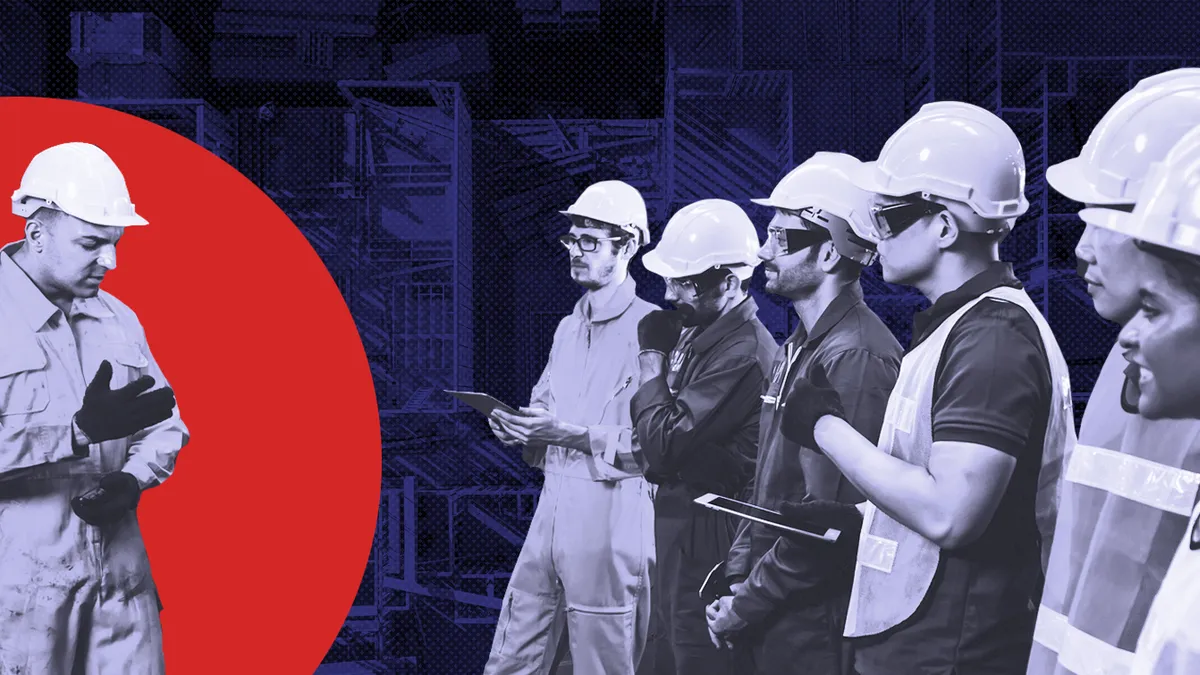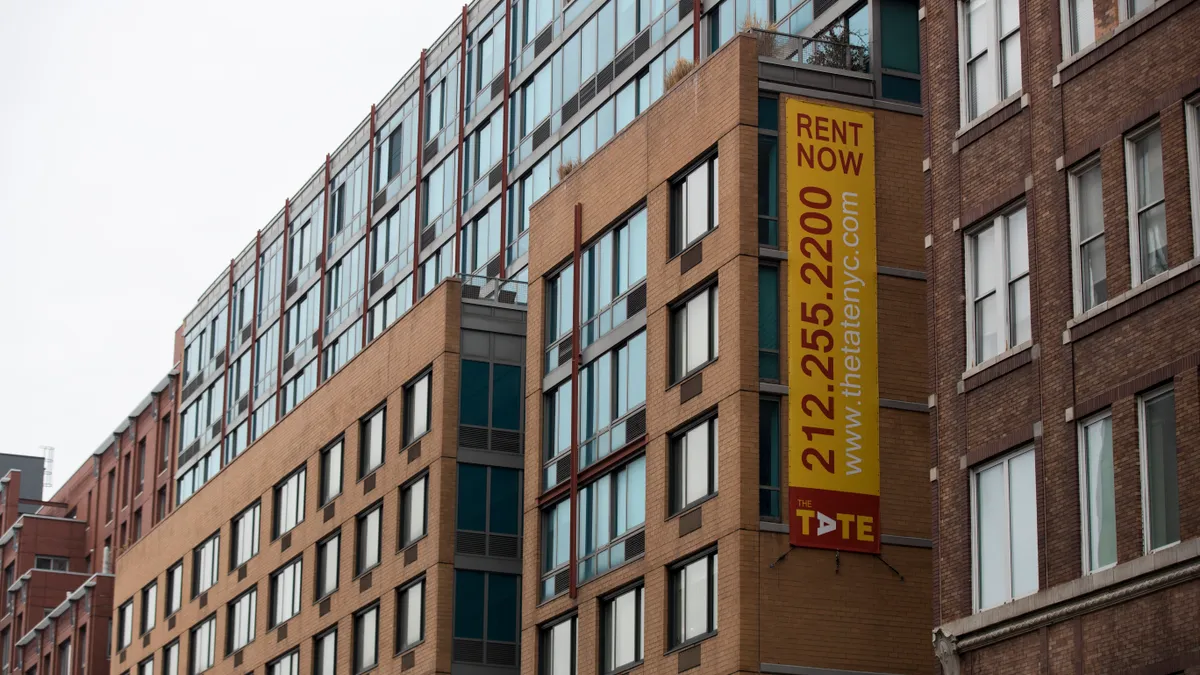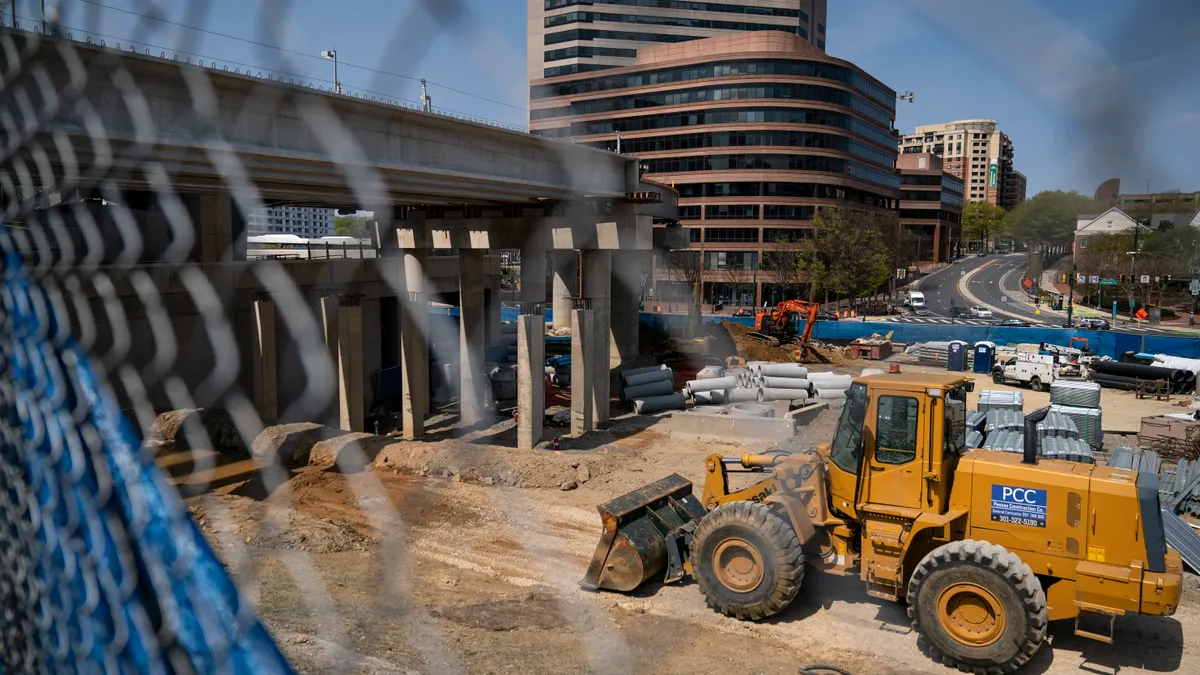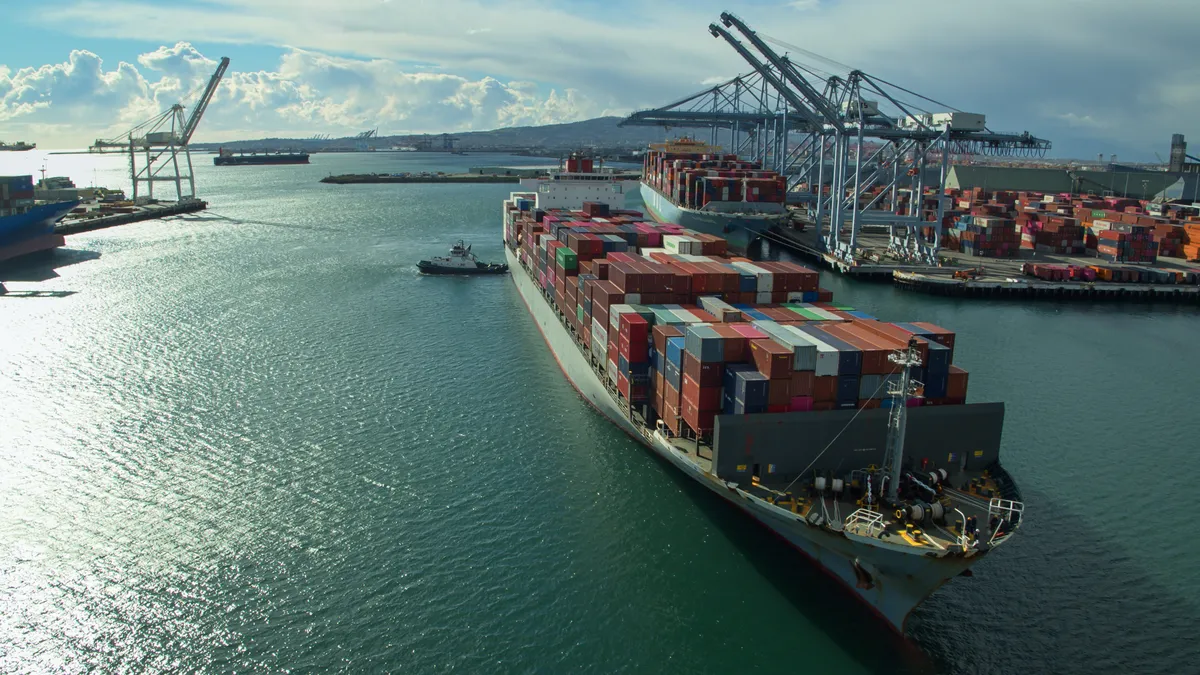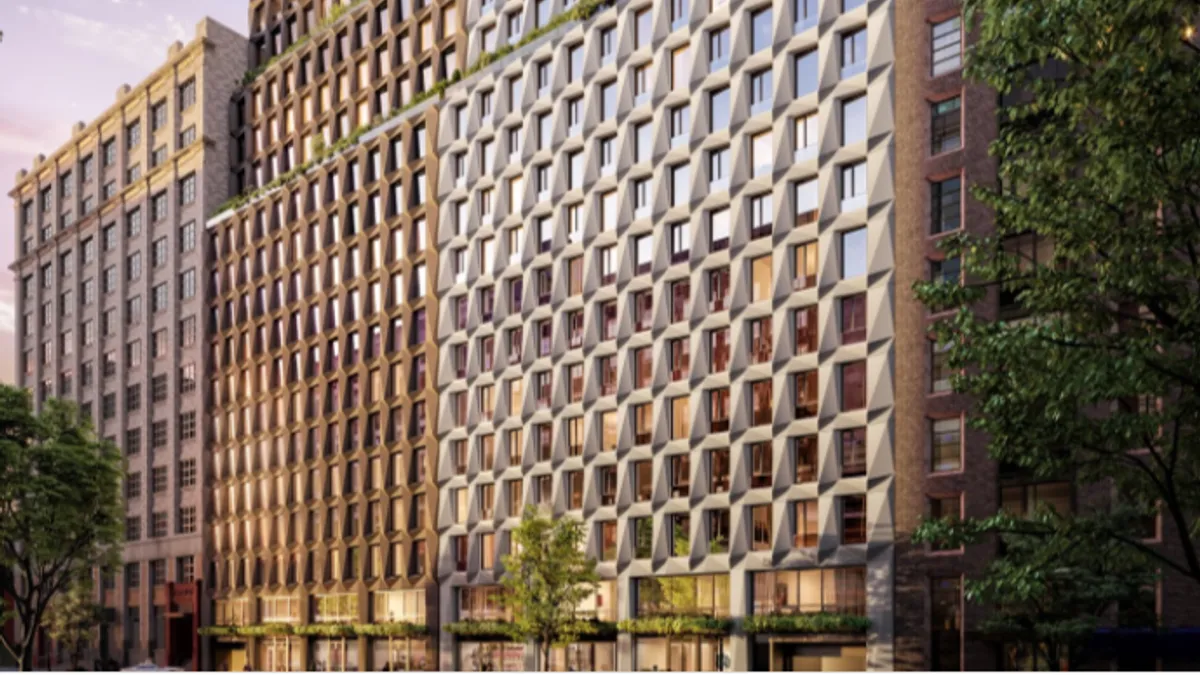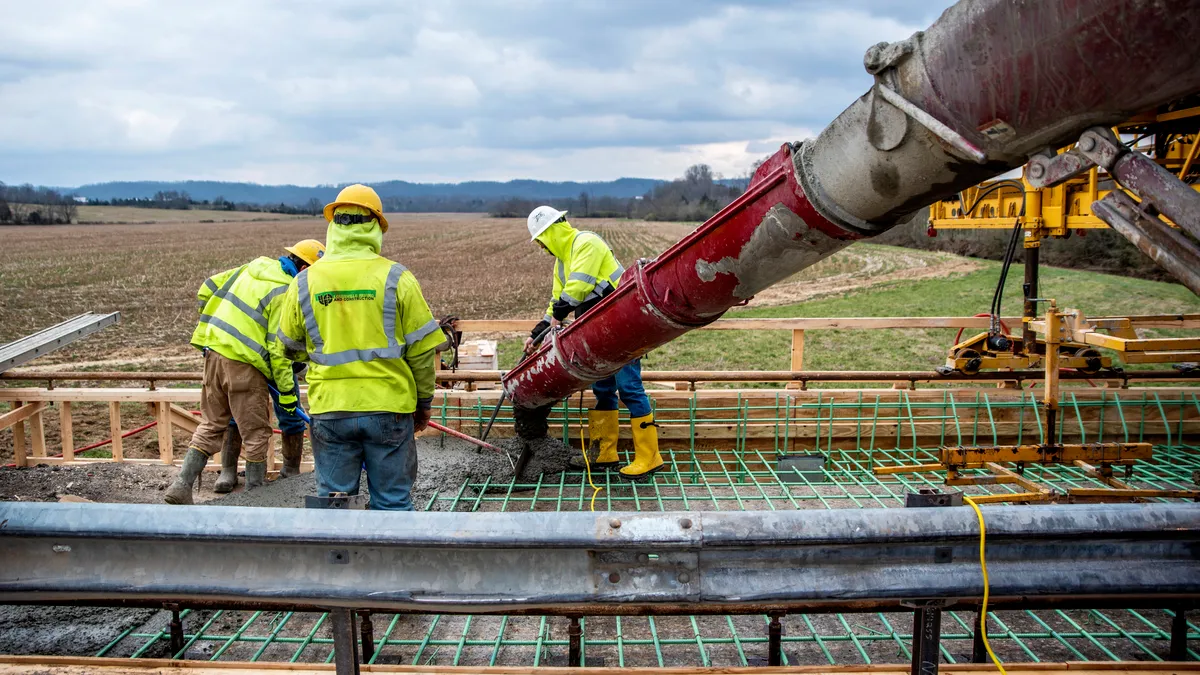Editor's note: This article is the fourth in a series looking at five of the country's hottest construction verticals. Click here for the entire series.
Markets across the country will see a surge in laboratory construction in 2022, with certain areas capturing a majority of activity, according to industry sources.
"The outlook is tremendous," said Raj Vora, a life sciences core market leader at DPR Construction, a Redwood City, California-based commercial general contractor. "It's going to be a big and growing market for the next probably four or five years before we see it even start to plateau."
Vora said the traditional cost-first, speed-to-market-second calculus for life sciences construction has now flipped. Although capital costs remain important, getting these projects up and running quickly has become top priority for developers and contractors.
The types of construction for these facilities is also changing, he said.
For example, the production methods for RNA-based vaccines, which have been used in the fight against COVID-19, have spurred a move toward monoclonal antibody manufacturing, which requires large-scale, stainless steel vessels and high quantities of stainless steel piping. Those specifications translate into bigger facilities with more capital investment needed to develop them.
That change is being influenced by COVID-19 vaccine developments, as "we're starting to see more RNA manufacturing," he said.
"We've found that these life sciences companies who have had tremendous growth over the last 10 years and our private developers in the life sciences market are returning to higher square foot, rentable user space," said Allen Lynn, vice president of operations at St. Louis-based McCarthy Building Companies. "[This] will help the demand to build as long as the market continues to grow."
That growth isn't just centered around building new facilities, either. Due to less demand for office space during the pandemic, there has been a parallel push among owners and landlords to repurpose existing offices into lab space.
Doing so can be particularly advantageous in the high barrier-to-entry markets where life sciences facilities are typically located, according to Kaitlin Kincaid, senior managing director at Keller Augusta, a Boston-based executive search firm specializing in real estate development and construction.
"Office owners and landlords are repurposing vacant spaces," said Kincaid. "Original projects seek to lure lab tenants and startups with best-in-class workplaces and state-of-the-art amenities such as restaurant spaces, fitness centers and outdoor gardens."
Indeed, according to Lynn, repurposing existing assets in those markets may be a larger opportunity than pulling a brand new facility out of the dirt.
"We see the trend in the near future that existing building remodels will be more prevalent than ground up construction," said Lynn. "There are many out-of-state developers acquiring property along with local developers that have made… speed to delivery key."
Boston, the San Francisco Bay Area and San Diego, which are the strongest life sciences hubs in the country, experienced the strongest uptick and tightest space availabilities, capturing 70% of all venture capital in the U.S. last quarter, according to data from JLL, a Chicago, Illinois-based global commercial real estate services company.
Lab performance in the top six U.S. life sciences markets
| City | Lab vacancy | Lab average asking rent | Year-over-year rent growth (estimated) | Lab under construction or redevelopment (sq. ft.) | Leasing activity (sq. ft.) |
|---|---|---|---|---|---|
| San Diego | 2.7% | $70.20 | 34.0% | 6,277,725 | 1,379,539 |
| Seattle | 20.3% | $73.64 | 30.6% | 535,279 | 205,412 |
| Raleigh-Durham | 14.3% | $26.71 | 21.0% | 544,681 | 106,121 |
| San Francisco Bay Area | 3.4% | $75.84 | 18.9% | 4,361,785 | 1,102,988 |
| Boston | 4.0% | $88.72 | 18.6% | 8,172,922 | 1,781,473 |
| Greater Washington, D.C. | 2.6% | $38.05 | 14.0% | 1,985,269 | 400,000 |
SOURCE: JLL Research. Numbers are based on Q4 2021 data.
Kincaid added in 2022, emerging markets such as New York City, Washington, D.C., Denver and Seattle will experience a surge in laboratory construction, yielding an increase in project opportunities and construction jobs in those markets.
That said, Boston will continue to be the center of the life sciences universe, "given its cluster ranking and market opportunity relative to talent and lab real estate dynamics," said Kincaid. Vora said the demand for lab space in the Boston area is around 30 million square feet, compared to just 8 million square feet of lab space in the pipeline for 2022.
"We are definitely expecting continued growth in this sector in 2022 and beyond," said Lynn. "With the top talent coming out of local colleges and the demand in tech and life sciences research that was fueled by the pandemic, this market sector will continue to grow in the years to come and be a larger market in 2022 than it was in the previous two years."









